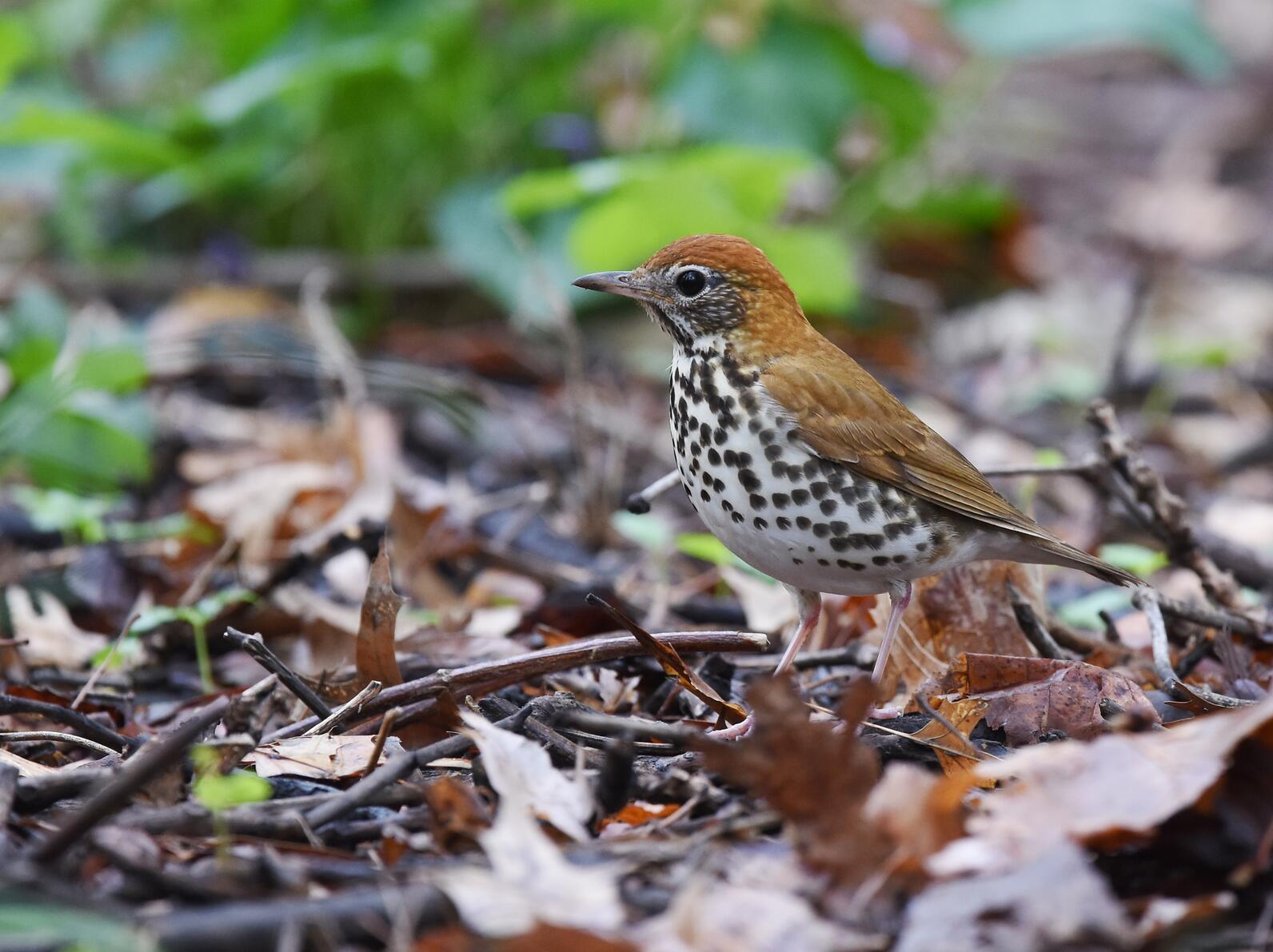OYSTER BAY, NY (June 2023)— The new Motus station installed at the Theodore Roosevelt Sanctuary and Audubon Center in Oyster Bay, NY will help track migratory birds by picking up radio signals from any bird with a radio tag that flies within several miles of the site. The station will connect the Sanctuary’s important bird habitat to the global Motus network, increasing the network’s coverage of the Long Island’s north shore.
“Motus” means “movement” in Latin and refers to the network’s ability to track bird migrations from Canada south to Central America, South America, and the Caribbean.
With the help of the National Audubon Society’s Migratory Bird Initiative team, the Theodore Roosevelt Sanctuary and Audubon Center was able to purchase and install the station on their new visitor center this June.
"The Sanctuary is perfectly positioned to track birds that are passing through the migratory pathway on Long Island," said Kathryn D'Amico, center director at the Theodore Roosevelt Sanctuary and Audubon Center. "We are so excited to have this technology at our center and be part of the migratory bird initiative at Audubon. Collecting this data will help us research and protect birds, and the places they need throughout the Atlantic flyway, and on their international journeys."
Motus is especially critical in studying smaller birds fitted with nanotags, which are tiny radio tracking devices often as light as an aspirin tablet. Nanotags provide an alternative to the heavier satellite radio transmitters researchers use to track movements of larger species such as hawks and owls.
When a radio tagged bird flies nearby, it sends a ping to the Motus tower’s antenna. Data from the nanotags are transmitted to ground-based receivers, rather than an orbiting satellite. The data is automatically uploaded to the internet, where anyone can view it.

Long Island is an invaluable place for many birds, whether they use its varied habitats to nest, spend their winters, or as a stopover site during migration to places further North or South. A Motus tower on the North Shore of Long Island can track both birds in and around the Long Island Sound, such as Piping Plovers, as well as those that make use of woods and other inland habitats, like Wood Thrushes. Motus technology has the potential to track individual birds and reveal how they are using the surrounding habitat, or where they encounter difficulties .
This new addition will be the fourth Motus towers installed on Long Island, and among the thousands of Motus towers across the Western hemisphere. Each new tower fills an important gap in migratory bird research. The tower at the Theodore Roosevelt Sanctuary and Audubon Center can detect birds tagged by other researchers and add to their data, thus contributing to bird migration research across the entire hemisphere.
"We are so excited to add this Motus station to our arsenal of conservation and education tools," said Julie Nelsen, education manager at the Sanctuary. "This will be a wonderful new way to connect people of all ages with the work done all around the hemisphere to study and conserve birds, all while getting to be a part of that work."

North America has lost nearly 3 billion birds over the last several decades. The growing Motus network can help gather important data on the movement of birds, ultimately helping us better understand and protect them throughout their life cycles.
The data collected also supports Audubon’s Migratory Bird Initiative, which brings together tracking, banding, and eBird data across the Western Hemisphere to help improve conservation planning for imperiled birds.
“Audubon’s Migratory Bird Initiative is working with researchers across the hemisphere to develop a more complete picture of the places migratory birds need to thrive throughout their annual cycle,” said Bill DeLuca, migration ecologist with the National Audubon Society. “The Motus network plays a key role in not only filling in some of the gaps in the knowledge we have about migratory birds, but it also helps us tell the story of migration, connecting people to this amazing biological phenomenon.”




